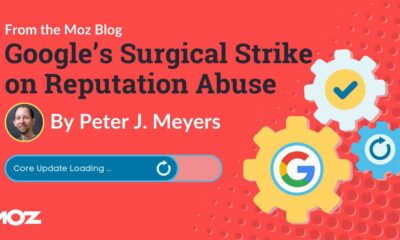MARKETING
Proven 7 Ways for Enhancing Student Writing Abilities

Writing competently is one of the most essential skills in 2023. Every semester, writing notes, essays, and term papers is a requirement for students. So, developing this talent can significantly improve your academic achievement.
There are several ways to develop your writing abilities. Your schooling, employment, and other pursuits will all teach you something new that will improve your writing. In the early stages, you’ll get benefits such as:
- your writing will become more readable
- you’ll discover new opportunities, such as starting your blog
- you can meet new exciting people
Seven Ways to improve student writing skills
Your writing abilities may be improved in a variety of ways. Based on the experiences of many students, we’ve highlighted the seven best ways to help you start developing right away.
As you improve your skills, learning tools can expand dramatically. Find new things to do, practice, and study different literature to write your best texts.
Read a lot
Reading numerous literary works and writings in different genres and styles might help you pick up new words and idioms. This expands your vocabulary and promotes more accurate and varied word choices in your writing.
Reading well-written texts also aids in your understanding of the proper application of stylistic and grammatical strategies. You can learn from concrete examples how to formulate sentences, avoid repetition, and create harmonious and understandable text.
Write every day
Frequent writing requires you to express your thoughts clearly and concisely. It allows you to develop the skill of structuring and organizing ideas, which is important for effective communication in writing.
The more you write, the more opportunities you have to use various words and expressions. You can use online scheduler to make your writing regular. Constant writing encourages learning new words and applying them in context, ultimately expanding your vocabulary.
If you’re interested in practicing your writing skills and don’t mind taking on commercial tasks, remember that writers are always in high demand to expand and enhance product information in sales literature for companies of all sectors and sizes, possibly with the help of specialized catalog software. You can write also copy for infographics, ads and Instagram posts.
Keep a diary
Another technique to improve writing abilities is by maintaining a diary. It may be used for self-expression and introspection as well as practice.
If you don’t want to write about your feelings and experiences, try describing something else, such as
- last week’s or month’s events
- helpful advice you could give to friends
- outlines of extracurricular activities
- reviews of movies, books, music, etc.
Keeping a diary is very interesting and useful. This process is a springboard to prepare for more complex research, thesis, or essay writing.
Sign up for a writing class.
A writing class is an excellent solution for all students. In addition to learning spelling, stylistics, punctuation, and grammar, you can increase your ability to write compelling sentences.
In classes, you can meet interesting people, learn from experts, share your own, and learn from other students’ experiences. These specialized classes improve your imagination, vocabulary, and ability to communicate your thoughts intelligently.
Use active voice
If you want to make your content simple and easy to read, use active voice. Readers will prefer text written in a light form, with short sentences, and without using passive verbs.
Before you write an article, paper, or essay, set a goal to use passive voice as infrequently as possible. Here are some helpful tips:
- paraphrase sentences with passive verbs
- use editing services
- divide a complex sentence into several simple ones.
Using the active voice can make your narrative 30% more readable. Improve this skill so you can write impactful texts.
Study grammar and stylistics
To write quality research papers, you need to learn the grammar and stylistics of writing. This can be done with a variety of tools, such as:
Your article’s success will depend on how you handle this question. Use services that verify your writing for grammar, punctuation, and style. The majority of the work should be done by you, though.
Get feedback
A crucial tool for improving your writing is feedback. To get better, just like in any profession, you must correct your errors. To discover them, you can seek advice from people such as:
Keep a record of your work, take notes, and collect statistics on typical and repeated mistakes. Also, pay attention to who you receive feedback from and which articles.
Polls
Cambridge researchers conducted a study to evaluate the effects of real-time polling on students, and the results were highly encouraging. Incorporating interactive live polling during classes led to enhanced engagement, and strengthened comprehension of course material.
To evaluate your knowledge effectively, consider creating polls that cover various aspects of grammar and stylistics, including cases, sentence construction, punctuation, and other related topics. By incorporating diverse questions, you can better assess your proficiency in these areas.
Conclusion
Creating text is a process that requires you to be competent and responsible. Use in your work and improve the tools suggested in this article. Stay one step ahead of your classmates; you will notice the results sooner or later.
Also, keep planning in mind. Write a plan detailing exactly how and when you will improve your writing skills. Divide your roadmap into strategic and intermediate goals to see progress. Keep records and collect analytics to get as much out of your training as possible.
MARKETING
Google’s Surgical Strike on Reputation Abuse
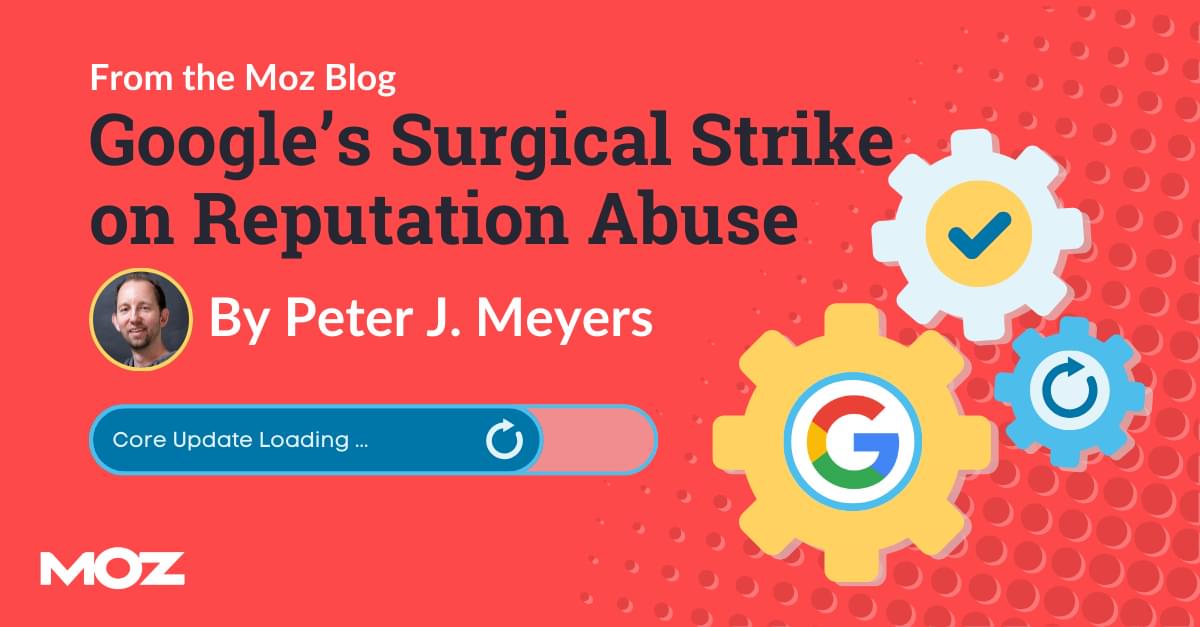
These aren’t easy questions. On the one hand, many of these sites do clearly fit Google’s warning and were using their authority and reputation to rank content that is low-relevance to the main site and its visitors. With any punitive action, though, the problem is that the sites ranking below the penalized sites may not be of any higher quality. Is USA Today’s coupon section less useful than the dedicated coupon sites that will take its place from the perspective of searchers? Probably not, especially since the data comes from similar sources.
There is a legitimate question of trust here — searchers are more likely to trust this content if it’s attached to a major brand. If a site is hosting third-party content, such as a coupon marketplace, then they’re essentially lending their brand and credibility to content that they haven’t vetted. This could be seen as an abuse of trust.
In Google’s eyes, I suspect the problem is that this tactic has just spread too far, and they couldn’t continue to ignore it. Unfortunately for the sites that were hit, the penalties were severe and wiped out impacted content. Regardless of how we feel about the outcome, this was not an empty threat, and SEOs need to take Google’s new guidelines seriously.
MARKETING
18 Events and Conferences for Black Entrepreneurs in 2024
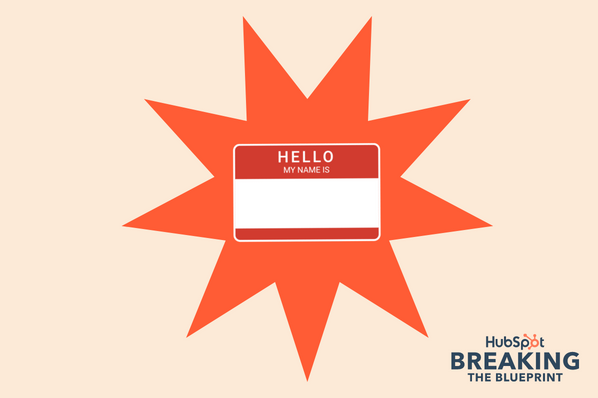
Welcome to Breaking the Blueprint — a blog series that dives into the unique business challenges and opportunities of underrepresented business owners and entrepreneurs. Learn how they’ve grown or scaled their businesses, explored entrepreneurial ventures within their companies, or created side hustles, and how their stories can inspire and inform your own success.
It can feel isolating if you’re the only one in the room who looks like you.
MARKETING
IAB Podcast Upfront highlights rebounding audiences and increased innovation
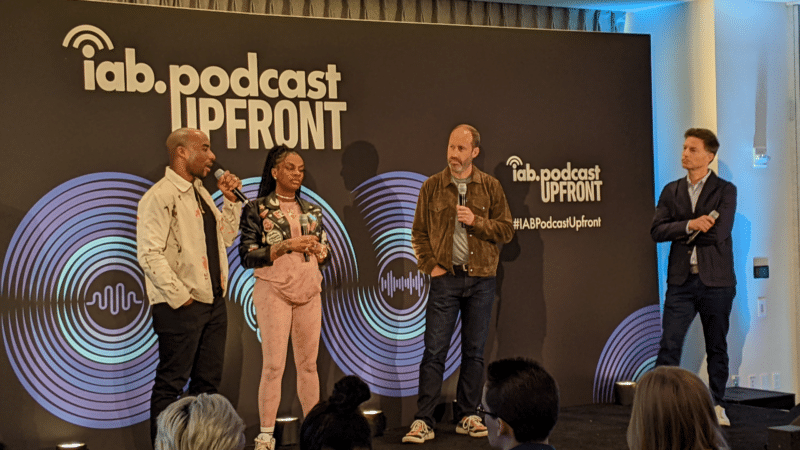
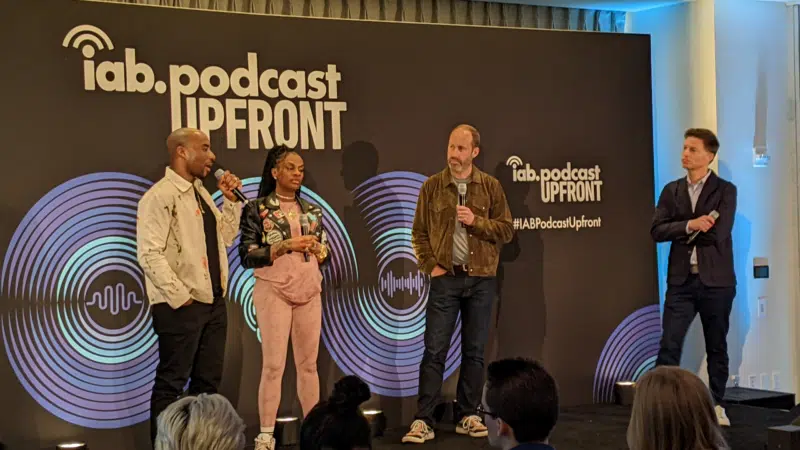
Podcasts are bouncing back from last year’s slowdown with digital audio publishers, tech partners and brands innovating to build deep relationships with listeners.
At the IAB Podcast Upfront in New York this week, hit shows and successful brand placements were lauded. In addition to the excitement generated by stars like Jon Stewart and Charlamagne tha God, the numbers gauging the industry also showed promise.
U.S. podcast revenue is expected to grow 12% to reach $2 billion — up from 5% growth last year — according to a new IAB/PwC study. Podcasts are projected to reach $2.6 billion by 2026.
The growth is fueled by engaging content and the ability to measure its impact. Adtech is stepping in to measure, prove return on spend and manage brand safety in gripping, sometimes contentious, environments.
“As audio continues to evolve and gain traction, you can expect to hear new innovations around data, measurement, attribution and, crucially, about the ability to assess podcasting’s contribution to KPIs in comparison to other channels in the media mix,” said IAB CEO David Cohen, in his opening remarks.
Comedy and sports leading the way
Podcasting’s slowed growth in 2023 was indicative of lower ad budgets overall as advertisers braced for economic headwinds, according to Matt Shapo, director, Media Center for IAB, in his keynote. The drought is largely over. Data from media analytics firm Guideline found podcast gross media spend up 21.7% in Q1 2024 over Q1 2023. Monthly U.S. podcast listeners now number 135 million, averaging 8.3 podcast episodes per week, according to Edison Research.
Comedy overtook sports and news to become the top podcast category, according to the new IAB report, “U.S. Podcast Advertising Revenue Study: 2023 Revenue & 2024-2026 Growth Projects.” Comedy podcasts gained nearly 300 new advertisers in Q4 2023.
Sports defended second place among popular genres in the report. Announcements from the stage largely followed these preferences.
Jon Stewart, who recently returned to “The Daily Show” to host Mondays, announced a new podcast, “The Weekly Show with Jon Stewart,” via video message at the Upfront. The podcast will start next month and is part of Paramount Audio’s roster, which has a strong sports lineup thanks to its association with CBS Sports.
Reaching underserved groups and tastes
IHeartMedia toasted its partnership with radio and TV host Charlamagne tha God. Charlamagne’s The Black Effect is the largest podcast network in the U.S. for and by black creators. Comedian Jess Hilarious spoke about becoming the newest co-host of the long-running “The Breakfast Club” earlier this year, and doing it while pregnant.
The company also announced a new partnership with Hello Sunshine, a media company founded by Oscar-winner Reese Witherspoon. One resulting podcast, “The Bright Side,” is hosted by journalists Danielle Robay and Simone Boyce. The inspiration for the show was to tell positive stories as a counterweight to negativity in the culture.
With such a large population listening to podcasts, advertisers can now benefit from reaching specific groups catered to by fine-tuned creators and topics. As the top U.S. audio network, iHeartMedia touted its reach of 276 million broadcast listeners.
Connecting advertisers with the right audience
Through its acquisition of technology, including audio adtech company Triton Digital in 2021, as well as data partnerships, iHeartMedia claims a targetable audience of 34 million podcast listeners through its podcast network, and a broader audio audience of 226 million for advertisers, using first- and third-party data.
“A more diverse audience is tuning in, creating more opportunities for more genres to reach consumers — from true crime to business to history to science and culture, there is content for everyone,” Cohen said.
The IAB study found that the top individual advertiser categories in 2023 were Arts, Entertainment and Media (14%), Financial Services (13%), CPG (12%) and Retail (11%). The largest segment of advertisers was Other (27%), which means many podcast advertisers have distinct products and services and are looking to connect with similarly personalized content.
Acast, the top global podcast network, founded in Stockholm a decade ago, boasts 125,000 shows and 400 million monthly listeners. The company acquired podcast database Podchaser in 2022 to gain insights on 4.5 million podcasts (at the time) with over 1.7 billion data points.
Measurement and brand safety
Technology is catching up to the sheer volume of content in the digital audio space. Measurement company Adelaide developed its standard unit of attention, the AU, to predict how effective ad placements will be in an “apples to apples” way across channels. This method is used by The Coca-Cola Company, NBA and AB InBev, among other big advertisers.
In a study with National Public Media, which includes NPR radio and popular podcasts like the “Tiny Desk” concert series, Adelaide found that NPR, on average, scored 10% higher than Adelaide’s Podcast AU Benchmarks, correlating to full-funnel outcomes. NPR listeners weren’t just clicking through to advertisers’ sites, they were considering making a purchase.
Advertisers can also get deep insights on ad effectiveness through Wondery’s premium podcasts — the company was acquired by Amazon in 2020. Ads on its podcasts can now be managed through the Amazon DSP, and measurement of purchases resulting from ads will soon be available.
The podcast landscape is growing rapidly, and advertisers are understandably concerned about involving their brands with potentially controversial content. AI company Seekr develops large language models (LLMs) to analyze online content, including the context around what’s being said on a podcast. It offers a civility rating that determines if a podcast mentioning “shootings,” for instance, is speaking responsibly and civilly about the topic. In doing so, Seekr adds a layer of confidence for advertisers who would otherwise pass over an opportunity to reach an engaged audience on a topic that means a lot to them. Seekr recently partnered with ad agency Oxford Road to bring more confidence to clients.
“When we move beyond the top 100 podcasts, it becomes infinitely more challenging for these long tails of podcasts to be discovered and monetized,” said Pat LaCroix, EVP, strategic partnerships at Seekr. “Media has a trust problem. We’re living in a time of content fragmentation, political polarization and misinformation. This is all leading to a complex and challenging environment for brands to navigate, especially in a channel where brand safety tools have been in the infancy stage.”
Dig deeper: 10 top marketing podcasts for 2024
-

 PPC7 days ago
PPC7 days agoHow the TikTok Algorithm Works in 2024 (+9 Ways to Go Viral)
-

 SEO6 days ago
SEO6 days agoHow to Use Keywords for SEO: The Complete Beginner’s Guide
-

 MARKETING7 days ago
MARKETING7 days agoHow To Protect Your People and Brand
-
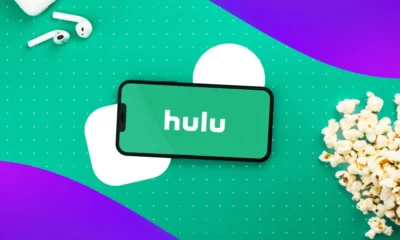
 MARKETING4 days ago
MARKETING4 days agoAdvertising on Hulu: Ad Formats, Examples & Tips
-

 MARKETING5 days ago
MARKETING5 days agoUpdates to data build service for better developer experiences
-
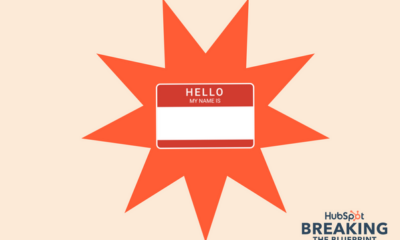
 MARKETING1 day ago
MARKETING1 day ago18 Events and Conferences for Black Entrepreneurs in 2024
-

 MARKETING6 days ago
MARKETING6 days agoThe Ultimate Guide to Email Marketing
-
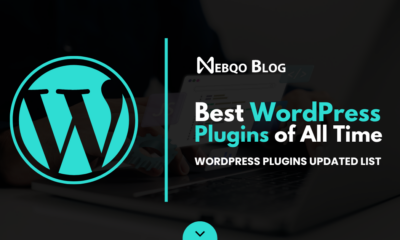
 WORDPRESS4 days ago
WORDPRESS4 days agoBest WordPress Plugins of All Time: Updated List for 2024




